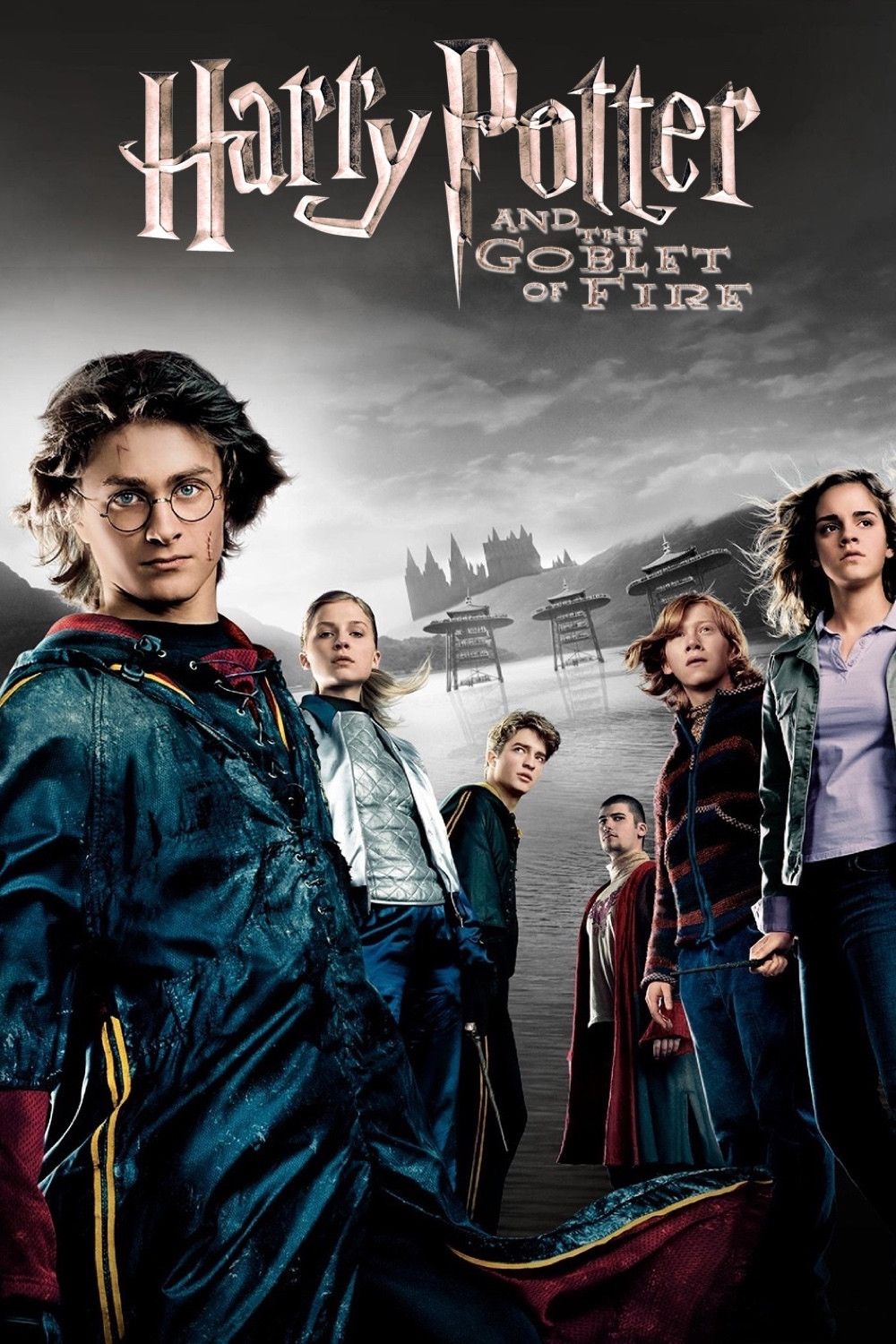The Darker Magic of Harry Potter and the Goblet of Fire
The air crackles with anticipation. Whispers of legendary challenges, whispers of a name echoing from a fiery cup, whispers of a darkness long thought gone. Hogwarts School of Witchcraft and Wizardry is about to face its most thrilling year yet, and at the center of it all is a boy wizard on the verge of adulthood, facing dangers he could never have imagined. This is the world of "Harry Potter and the Goblet of Fire," a turning point in the series that plunges us headfirst into a world of magic, mystery, and the ever-present struggle between good and evil.
While the first three books in the series capture the wonder and whimsy of a magical world through a child's eyes, "Goblet of Fire" ushers in a new era. The innocence of childhood begins to fade, replaced by the complexities of adolescence, burgeoning hormones, and the dawning realization that the world is not always black and white. Harry, Ron, and Hermione find themselves grappling not only with dangerous magical tasks but also with the very real pangs of first love, jealousy, and the ever-shifting dynamics of friendship.
"Harry Potter and the Goblet of Fire," the fourth installment in J.K. Rowling's beloved series, marks a significant departure from its predecessors. It's not just the increased page count – although the sheer scale of the book is hard to ignore – but a palpable shift in tone and theme. This time, the stakes are higher, the dangers more real, and the consequences far more profound. The Triwizard Tournament, a legendary competition pitting champions from different wizarding schools against each other, takes center stage, its challenges designed to test the limits of magical skill and bravery.
But the tournament is merely the backdrop for a much more sinister plot. The return of Lord Voldemort, a chilling echo from Harry's past and the embodiment of pure evil, casts a long shadow over the proceedings. The boy who lived is no longer just a student at Hogwarts; he's a symbol of hope against a rising tide of darkness, forced to confront a destiny he never sought but cannot escape.
This exploration into darker themes is reflected in the book's visual language as well. The film adaptation, released in 2005, embraces a moodier palette, trading the bright, whimsical hues of the earlier films for a more somber and sophisticated aesthetic. This visual shift underscores the thematic maturity of the story, mirroring the characters' own journeys into a world where the lines between good and evil are blurred, and even magic has its limits.
One of the most compelling aspects of "Harry Potter and the Goblet of Fire" is its exploration of the complexities of human relationships. Harry's friendships are put to the test as he navigates the challenges of the tournament and the return of Voldemort. Ron grapples with jealousy and insecurity, while Hermione faces prejudice and social injustice. The book reminds us that even in a world of magic, the most powerful spells are often the ones we cast on ourselves and each other.
Advantages and Disadvantages of "Harry Potter and the Goblet of Fire"
| Advantages | Disadvantages |
|---|---|
|
|
Despite its darker themes, "Harry Potter and the Goblet of Fire" remains a story about the power of love, friendship, and courage. It's a story that reminds us that even in the darkest of times, there is always hope, and even in the face of overwhelming odds, it's always worth fighting for what we believe in. It's a story that continues to resonate with readers of all ages, reminding us that magic can be found in the most unexpected places, and that the greatest adventures often begin when we least expect them.
Celebrating a little gentleman finding the perfect baby boy cigars near me
Decoding the vietnam flashback meme gif phenomenon
Row your way to success st andrew rowing club roswell ga














